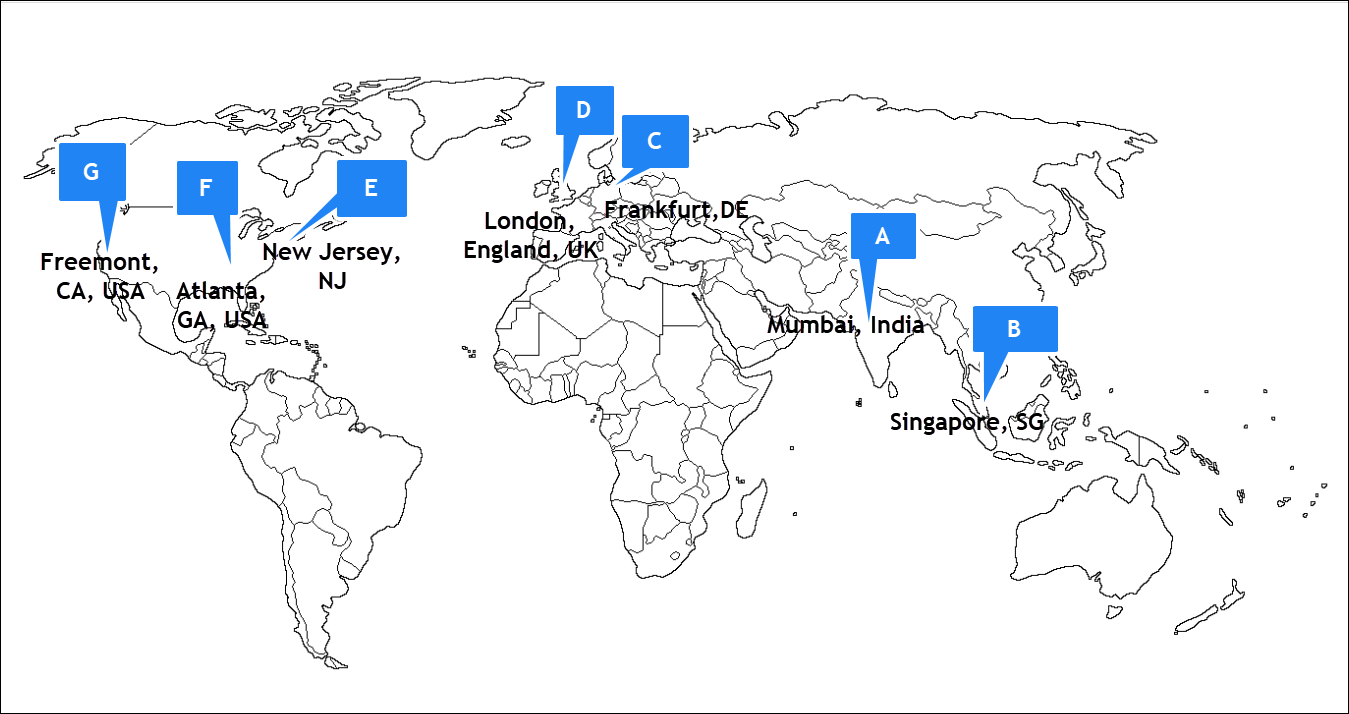Supported synthetic monitors
OpsRamp provides twelve types of synthetic monitors to handle your synthetics. You can configure synthetic monitors from one or more locations.
Types of synthetic monitors
| Synthetic Monitor | Description |
|---|---|
| HTTP/HTTPS | Graph response time for your website over time. Drill down on recent outages and verify what’s causing the performance degradation. |
| DNS | Track the time taken to resolve the DNS query. |
| FTP | Monitor FTP server. |
| TCP/UDP | Monitor the response time taken to connect to a port of TCP/UDP server. |
| SSL | Replace SSL certificates before the expiration date. |
| PING | Track response time and packet loss for an entire application. |
| POP3/IMAP/SMTP | Monitor email delivery rates. |
| RTT | Monitor the time taken for the email to drive from the SMTP server to IMAP or POP3 server. |
| SCRIPT-HTTP Synthetic Transaction | Monitor user experience, performance and availability issues during any website transaction running on a web browser. |
| SIP | Monitor the availability or performance issues of the user’s VOIP communications. |
Locations
You can monitor your websites and internet services from different geographical locations.
Public locations
OpsRamp lets you verify the availability of a synthetic monitor from a configured location over the internet. You can select the following locations across the world while adding a synthetic monitor in the application:
- Asia
- Europe
- North America

Locations of Supported Synthetic Monitors
Private locations
Prerequisites
- Use Gateway version VG 5.0.0 or above.
- Enable Synthetics Agent
Use the Gateway version 5.0.0 or above to enable internet and intranet monitoring of the infrastructure, after enabling Synthetics Agent. Toggle from OFF to ON to enable Synthetics Agent from Setup > Resources > Management Profiles > View Management Profile.